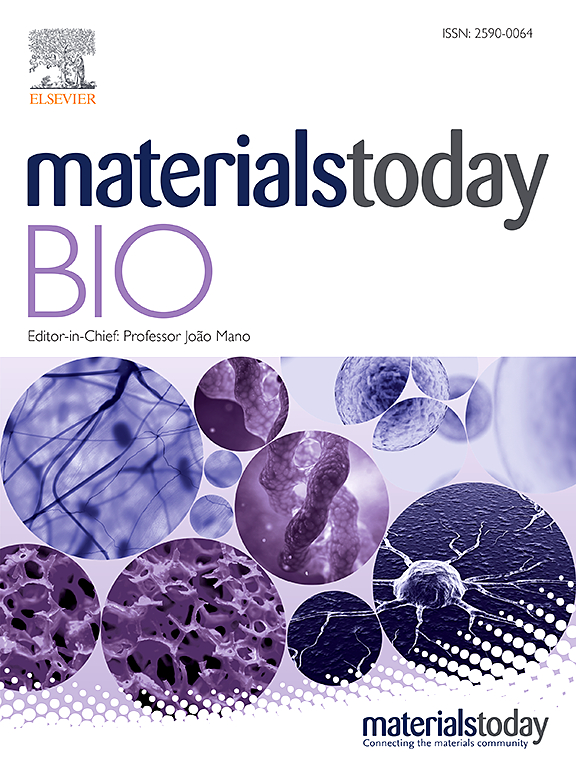Metal–organic framework–based delivery systems as nanovaccine for enhancing immunity against porcine circovirus type 2
IF 8.7
1区 医学
Q1 ENGINEERING, BIOMEDICAL
引用次数: 0
Abstract
Porcine circovirus type 2 (PCV2) has caused massive economic losses to the global pig farming industry. As emerging nanomaterials, metal–organic frameworks (MOFs) have considerable potential in drug and vaccine delivery because of their unique physicochemical properties. Based on the successful expression and identification of PCV2 antigens (Cap protein), this study exploits MOF platforms to design a nanovaccine delivery system (Cap@ZIF-8-CpG) as a novel subunit vaccine, which effectively enhances the resistance of antigens to denaturation and boosts immune responses against PCV2. Results demonstrate that mice injected with a nanovaccine efficiently incorporating PCV2 antigens (Cap) and an immune enhancer (CpG) elicit robust humoral immune responses. Notably, immunoglobulin G antibody titers are considerably elevated; cytokine secretion is augmented; and the proliferation of CD8+ cytotoxic T lymphocytes and CD4+ T cells is effectively stimulated. Following a viral challenge, the Cap@ZIF-8-CpG nanovaccine successfully protects the health of the mice, making them resistant to PCV2 infection. This study provides a new promising direction for the development of effective and long-lasting vaccines against PCV2 and other major swine pathogens.

求助全文
约1分钟内获得全文
求助全文
来源期刊

Materials Today Bio
Multiple-
CiteScore
8.30
自引率
4.90%
发文量
303
审稿时长
30 days
期刊介绍:
Materials Today Bio is a multidisciplinary journal that specializes in the intersection between biology and materials science, chemistry, physics, engineering, and medicine. It covers various aspects such as the design and assembly of new structures, their interaction with biological systems, functionalization, bioimaging, therapies, and diagnostics in healthcare. The journal aims to showcase the most significant advancements and discoveries in this field. As part of the Materials Today family, Materials Today Bio provides rigorous peer review, quick decision-making, and high visibility for authors. It is indexed in Scopus, PubMed Central, Emerging Sources, Citation Index (ESCI), and Directory of Open Access Journals (DOAJ).
 求助内容:
求助内容: 应助结果提醒方式:
应助结果提醒方式:


